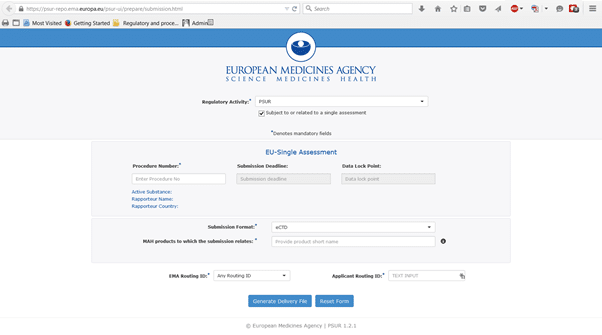Brexit – because it affects you too…
The European Union is arguably the world’s most powerful bloc and very soon it’s about to lose the United Kingdom, one of its biggest members. How and when the UK leaves the EU will have further implications that ripple around the globe.
So if you’ve heard about Brexit but haven’t been keeping up with every twist and turn of the developments, no worries! Ivowen team will provide you with everything you need to know to have your products designed for UK and Brexit affected markets authorised successfully.
What is happening?
EMA
The European Medicines Agency (EMA) will physically relocate to the Netherlands in early March 2019.
https://www.ema.europa.eu/documents/press-release/ema-relocation-updates_en.pdf
EMA will leave its premises in London on 1 March 2019.
It was confirmed that from 4 to 8 March, the Agency will operate on the basis of extended teleworking. During the course of the following week EMA staff will gradually move into the Spark building.
From 4 March 2019 onwards the official address of EMA will be that of the permanent building, located in Amsterdam Zuidas:
European Medicines Agency, Domenico Scarlattilaan 6, 1083 HS Amsterdam, The Netherlands
Meetings and visits will take place at the Spark building:
Orlyplein 24, 1043 DP Amsterdam, The Netherlands
UK guidance on Brexit
Following the outcome of the EU referendum, MHRA still feels responsible for playing a crucial role in medicines and devices regulations as well as vigilance and market surveillance.
As part of the MHRA response to exiting the EU the following Brexit guidance was issued:
Technical information on what the implementation period means for the life science sector
If you need any clarification or support to complete variations to support changes needed as a result of Brexit, Ivowen will gladly assist you in a timely manner. Contact us for more information or to make an enquiry.
MHRA guidance on Brexit
Bearing in mind the worst-case scenario if the UK leaves the EU with no deal, the UK would no longer be part of the EU medicines and medical devices regulatory networks and consequently submissions related to human medicines would need to be submitted directly to the MHRA.
The webinar below is relevant for all pharmaceutical companies involved in making medicines regulatory submissions and vigilance activities. It also ensures that stakeholders can be informed of any IT plans and preparations. There is also a section on how all medicines related clinical trial sponsors will register and submit:
If you need any clarification or support to complete variations to support changes needed as a result of Brexit, Ivowen will gladly assist you in a timely manner. Contact us for more information or to make an enquiry.
UK legislation on medicines and medical devices
Legislation has been published which, in the event of the UK leaving the EU with no agreement, will cover the regulation of medicines, medical devices and clinical trials and allow for the continued sale. The Brexit guidance is available here:
- Human Medicines Regulations 2012, as amended by the Human Medicines (Amendment etc) (EU Exit) Regulations 2019
- The Medical Devices (amendment) (EU exit) Regulations 2019
- The Medicines for Human Use (Clinical Trials) (amendment) (EU exit) Regulations 2019
The 2012 Regulations (as amended by the 2019 Regulations) make reference to various pieces of EU guidance, as that stood immediately before the exit day (29 March 2019).
If you need any clarification or support to complete variations to support changes needed as a result of Brexit, Ivowen will gladly assist you in a timely manner. Contact us for more information or to make an enquiry.
EU Commission and EMA Q&As
The EU Commission & EMA have published an updated list of questions and answers related to the UKs withdrawal from the EU on the 1st February:
https://ec.europa.eu/info/sites/info/files/medicinal_products_for_human_and_veterinary_use-qa_en.pdf
This confirms that dual labelling between UK & Ireland is acceptable where the labels meet the requirements of the Directive and reflect the SPC in Ireland (see Q24).
The focus of this Q&A is on the regulation of medicinal products within the centralised procedure.
If you need any clarification or support to complete variations to support changes needed as a result of Brexit, Ivowen will gladly assist you in a timely manner. Contact us for more information or to make an enquiry.
Brexit Stakeholder Event
Brexit Stakeholder Event – Ivowen was there
Following the UK’s departure from the European Union, the HPRA, together with medicines agencies in Europe, is making preparations to ensure continuity to deliver on patient and animal health remits even if the UK fully exits the current systems as scheduled. There are potential implications for the European network as a whole and particularly for Ireland with its shared marketplace, see meeting agenda below:
Agenda for Brexit Stakeholder event 1 Feb 2019
Contact us if you would like some more information on this event or Brexit in general
Written by Karolina Dobrychłop














